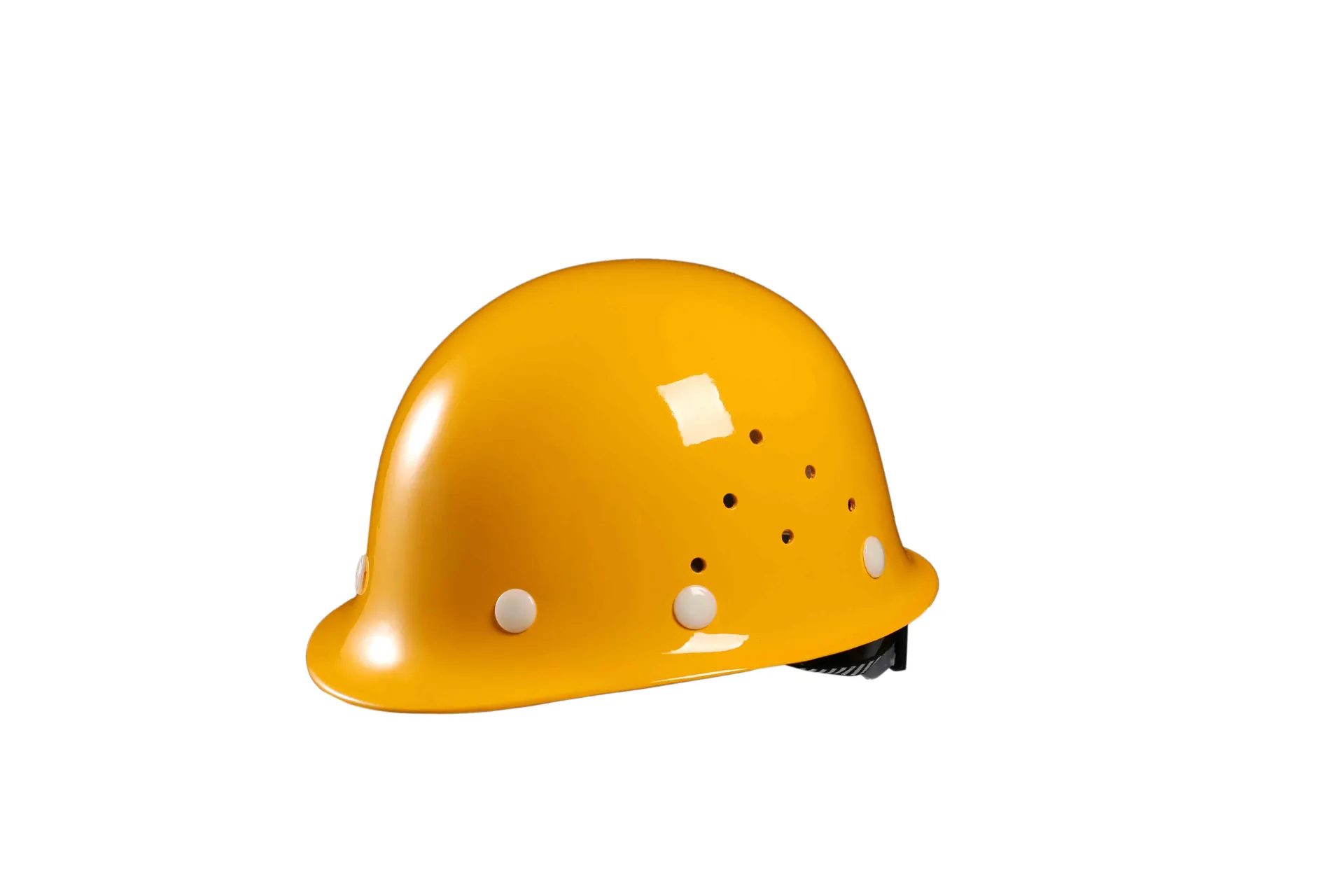- Afrikaans
- Arabic
- Armenian
- Azerbaijani
- Belarusian
- Bengali
- Bosnian
- China
- China (Taiwan)
- Croatian
- Czech
- Danish
- Dutch
- English
- Esperanto
- Estonian
- French
- Georgian
- German
- hawaiian
- Hebrew
- Icelandic
- irish
- Italian
- Kurdish
- Kyrgyz
- Lao
- Latin
- Latvian
- Lithuanian
- Malgashi
- Malay
- Maori
- Marathi
- Myanmar
- Nepali
- Persian
- Polish
- Portuguese
- Russian
- Serbian
- Slovenian
- Spanish
- Swedish
- Tagalog
- Thai
- Urdu
- Uzbek
- Vietnamese
- Yoruba
Future Innovations in Industrial Safety Helmet Technology
The casco de seguridad has long been a fundamental piece of personal protective equipment (PPE) in industrial settings. However, as technology advances, so does the potential for smarter, more efficient, and more protective headgear. The future of worker safety helmet design is being shaped by emerging technologies that enhance protection, comfort, and functionality. Meanwhile, industrial safety helmet innovations are integrating AI, IoT, and advanced materials to create helmets that do more than just prevent injuries—they actively improve workplace safety.

Smart Sensors and AI in Modern Safety Helmets
One of the most significant advancements in worker safety helmet technology is the integration of smart sensors and artificial intelligence. These helmets can now detect impacts, monitor environmental hazards (such as toxic gases or extreme temperatures), and even alert workers in real time. For example, an industrial safety helmet equipped with motion sensors can detect sudden falls or collisions and immediately send distress signals to supervisors. AI-powered analytics can also track fatigue levels by monitoring head movements, reducing the risk of accidents caused by worker exhaustion.
Enhanced Materials for Lighter and Stronger Industrial Safety Helmets
Traditional hard hats are being replaced by next-generation safety helmets made from advanced composites, such as carbon fiber-reinforced polymers and graphene-infused plastics. These materials offer superior impact resistance while being significantly lighter, reducing neck strain during long shifts. Some worker safety helmet designs now incorporate self-healing coatings that repair minor cracks automatically, extending the helmet’s lifespan. Additionally, flame-retardant and anti-static variants are becoming standard in high-risk industrial safety helmet applications.
Augmented Reality and Heads-Up Displays in Industrial Safety Helmets
Another groundbreaking innovation is the incorporation of augmented reality (AR) into worker safety helmet designs. AR-enabled helmets project critical information—such as schematics, safety warnings, or navigation cues—directly into the wearer’s field of vision. For example, an industrial safety helmet with a built-in heads-up display (HUD) can guide technicians through complex repairs without requiring them to consult manuals. This not only improves efficiency but also reduces errors that could lead to accidents.
Sustainable and Eco-Friendly Safety Helmets for Industrial Use
As industries push toward sustainability, worker safety helmet manufacturers are adopting eco-friendly materials and production methods. Biodegradable plastics, recycled composites, and modular designs (allowing easy part replacement) are becoming more common in industrial safety helmet production. Some companies are even exploring plant-based resins and 3D-printed helmets to minimize waste. These innovations ensure that future safety helmets are not only high-performing but also environmentally responsible.
Industrial Safety Helmet FAQS
How do smart sensors in a worker safety helmet improve workplace safety?
Smart sensors in a worker safety helmet can detect impacts, monitor hazardous environments, and track worker fatigue. They provide real-time alerts to both the wearer and supervisors, enabling faster emergency responses and preventing accidents before they happen.
What materials are used in next-generation industrial safety helmets?
Advanced industrial safety helmet designs use carbon fiber, graphene-enhanced polymers, and self-healing coatings. These materials offer better impact resistance, reduced weight, and increased durability compared to traditional hard hats.
Can IoT-connected safety helmets improve team coordination?
Yes, IoT-enabled safety helmets allow real-time communication, location tracking, and health monitoring. Supervisors can oversee entire teams more efficiently, ensuring better coordination and faster emergency interventions.
How does augmented reality enhance industrial safety helmets?
AR in worker safety helmets projects vital information—such as instructions or hazard warnings—directly into the wearer’s vision. This improves accuracy in complex tasks and reduces the need for manual reference, enhancing both safety and productivity.
Are eco-friendly industrial safety helmets as durable as traditional ones?
Yes, sustainable industrial safety helmets made from recycled composites or bio-based materials undergo rigorous testing to meet safety standards. They provide the same level of protection while reducing environmental impact.
-
Safety Helmet for Toddler: Protecting Little Explorers Worldwide
NoticiasNov.25,2025
-
Essential Guide to Safety Helmets for the Oil and Gas Industry
NoticiasNov.24,2025
-
Essential Guide to Safety Helmet for Baby – Protect Little Explorers with Confidence
NoticiasNov.24,2025
-
Comprehensive Guide to Safety Helmet Factory – Global Insights & Innovations
NoticiasNov.23,2025
-
Rockman Safety Helmet: Ultimate Industrial Head Protection Guide
NoticiasNov.23,2025
-
Race Safety Helmet – Essential Protection for Motorsport Champions
NoticiasNov.22,2025
